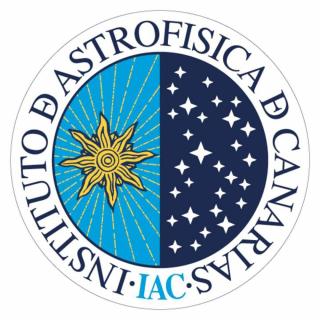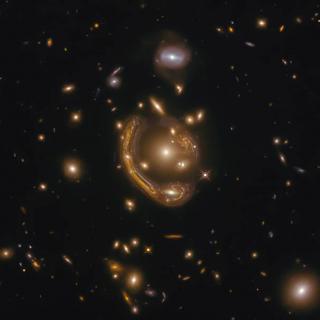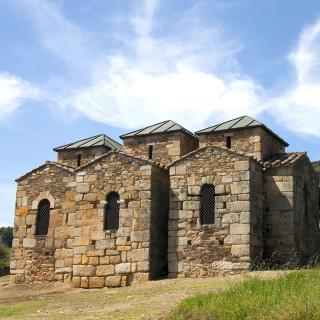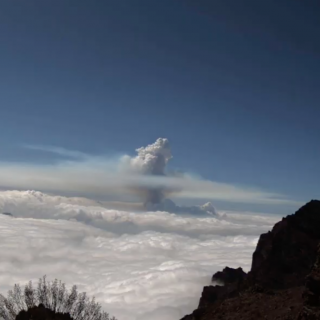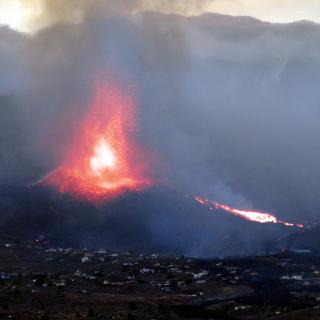
The eruption on La Palma has provided a unique scenario for testing the DRAGO instrument, the infrared camera of the Instituto de Astrofísica de Canarias (IAC) which has been observing the Canary Islands from space since January. One of the objectives for which DRAGO was designed is monitoring natural disasters, especially those which could occur in the Canaries, such as forest fires, petroleum spills, or volcanic eruptions. The role of DRAGO is to provide infrared images from space to help the management and control of these disasters. In the case of the eruption which began on September
Advertised on
